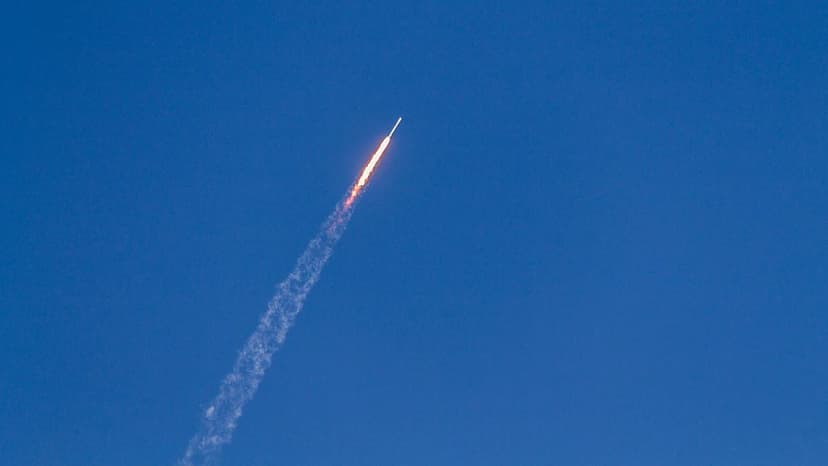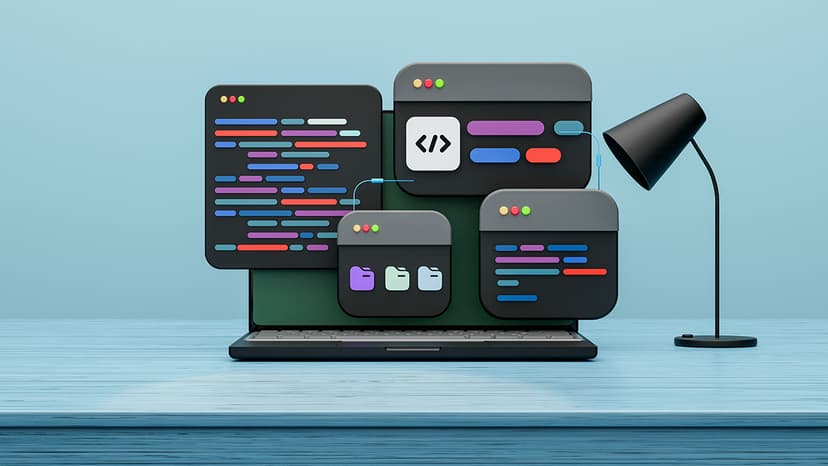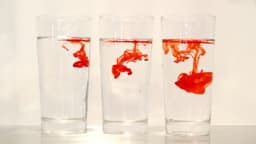What is a Recession?
Picture yourself in a small town. Business is booming; people are shopping, dining out, and investing in new ventures. Now imagine a dark cloud rolling in, casting a shadow over this bustling town. The same stores now have fewer customers, vacant buildings become more common, and the local newspaper starts printing sad news about job cuts. What's happening? This gloomy scenario represents a recession.
Let’s break it down in a way that's easy to understand.
The Basics of a Recession
A recession is when the economy slows down. It's like hitting the brakes on a speeding car. People spend less money, companies make fewer products, and as a result, jobs get cut. To call it a recession officially, this slowdown usually needs to last for at least six months.
Why does the economy slow down? Consider it like a vicious cycle:
- People start saving instead of spending.
- Businesses notice and cut back on production.
- People lose jobs or fear they might, so they save even more.
- Reduced spending continues, deepening the economic slump.
It's like everyone catches a cold, making the whole town feel under the weather.
What Causes a Recession?
Several factors can set off this downward spiral:
External Shocks
Think of events outside the economic system, such as a major natural disaster or a global event like a pandemic. These external shocks can disrupt business activities, leading to a recession. For example, the COVID-19 pandemic forced many businesses to close and caused a worldwide economic slowdown.
High Inflation
Inflation refers to the rising prices of goods and services over time. When prices soar too high too fast, people can't afford to buy as much. Less spending results in businesses cutting back, which can trigger a recession.
High Interest Rates
When borrowing money becomes expensive, both consumers and businesses pull back. Imagine wanting to buy a house but the bank’s interest rate is sky-high. You’d probably rethink that decision. Similarly, companies may cancel expansion plans if their borrowing costs increase drastically.
Loss of Confidence
If people don't feel confident about the economy, they start to hold onto their money. This can happen when news outlets are filled with negative headlines about economic troubles. Fear and uncertainty can lead to widespread economic caution, further slowing down spending and investment.
Famous Recessions in History
Now let’s look at some well-known recessions:
The Great Depression
This is perhaps the most famous recession, occurring in the 1930s. It began after the stock market crash of 1929 and resulted in extraordinarily high unemployment rates. People were lined up for food and many lost their homes. The economy didn’t fully recover until the onset of World War II, which created jobs and boosted industrial production.
The 2008 Financial Crisis
Also called the Great Recession, this was triggered by the collapse of large financial institutions and the bursting of the housing bubble. Companies like Lehman Brothers went bankrupt, leading to a severe contraction in the economy. Governments worldwide had to step in with public funds to stabilize the economy. Banks were critiqued heavily for their risky lending practices (learn more from Lehman Brothers).
COVID-19 Recession
The most recent notable recession occurred in 2020 owing to the COVID-19 pandemic. Governments had to impose lockdowns, which halted economic activities globally. While some sectors like tech survived, others such as tourism and hospitality suffered immensely. Vaccination drives and government support are helping economies to recover.
Signs of a Recession
Learn to spot the signs that may indicate a recession is on the way or has arrived:
GDP Decline
Gross Domestic Product (GDP) measures all the goods and services produced in a country. A continuous fall in GDP indicates a recession.
Unemployment Surge
A sharp increase in the number of people without jobs is a classic sign.
Stock Market Decline
If stock prices fall consistently over time, it could be a signal that investors are losing confidence in the economy.
Reduced Consumer Spending
Lower spending on goods and services means people are cutting back, often due to economic fears.
Dealing With a Recession
Governments and policymakers employ several strategies to tackle a recession:
Monetary Policy
Central banks, like the Federal Reserve in the United States, may lower interest rates to make borrowing cheaper. This encourages spending and investing.
Fiscal Policy
Governments might increase spending or cut taxes to put more money in people's hands. This can help to stimulate spending and create jobs.
Bailouts and Relief Programs
During severe recessions, governments may offer bailouts to troubled industries or direct financial aid to citizens. For example, during the 2008 financial crisis, the U.S. government bailed out banks and car manufacturers to prevent them from collapsing.
A recession isn't just about numbers and charts; it impacts real lives and can change the course of entire economies. Understanding its basics means recognizing the signs, causes, and historical contexts. If you ever hear news about an impending recession, you'll have a clearer picture of what’s happening and why. While recessions are challenging, economies do recover, and brighter days usually follow the gloom.












